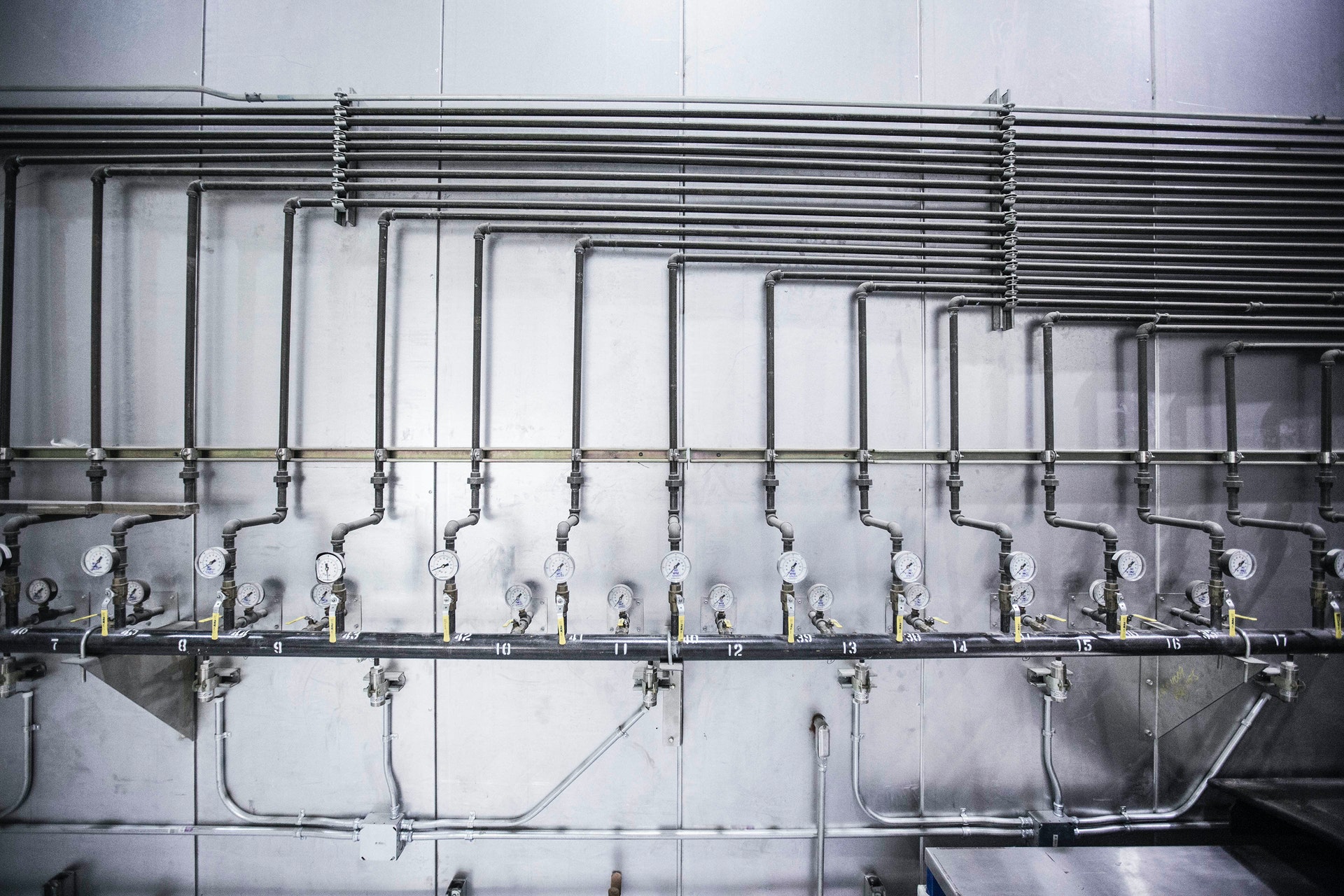PARSEC sectors: Energy, Environment
Application fields: Alternative Energy, Energy & Natural Resources, Oil and Gas, Transportation
Keywords: Gas-to-liquids, hydrogen fuel additives, liquid air
It is the case of gas to liquids, for example, switching to alternative fuels. Electric and LPG offer separate fuel systems, but there are other options offering the potential to clean up the existing diesel. One example is the new synthetic gas to liquid (GTL) fuel developed by Shell, derived from natural gas. The use of GTL in heavy-duty vehicles has proved to reduce NOx emissions by 5-37%. Another example is the natural gas converted into dimethyl ether (DME), able to reduce NOx emissions by around 25%. DME is less straightforward to implement than GTL in the sense that it requires some engine modification. In any case, manufacturers such as Ford and Volvo are investigating the potential to bring DME fuelled vehicles into the market.
The use of hydrogen fuel additives can also allow reductions in emissions. For example, CGON developed a technology that fed small amounts of hydrogen into the vehicle air intake such that it creates a more efficient burn, increasing fuel efficiency and reducing emissions.
New technologies are also being developed to address very specific sources of pollution. For example, a growing source of pollution in cities comes from refrigerated vans and trucks. Whilst trucks are subject to emissions standards, the auxiliary engines used to power refrigeration units are largely unregulated and are highly polluting. Technological company Dearman is developing an alternative system based on the use of liquid air, which produces zero emissions on the road.
Main stakeholders doing R&D: Shell Global, Compact GTL, CGON, Air Liquide
Main stakeholders in the market: Shell Global, Compact GTL, CGON, Air Liquide

Leave A Comment
You must be logged in to post a comment.